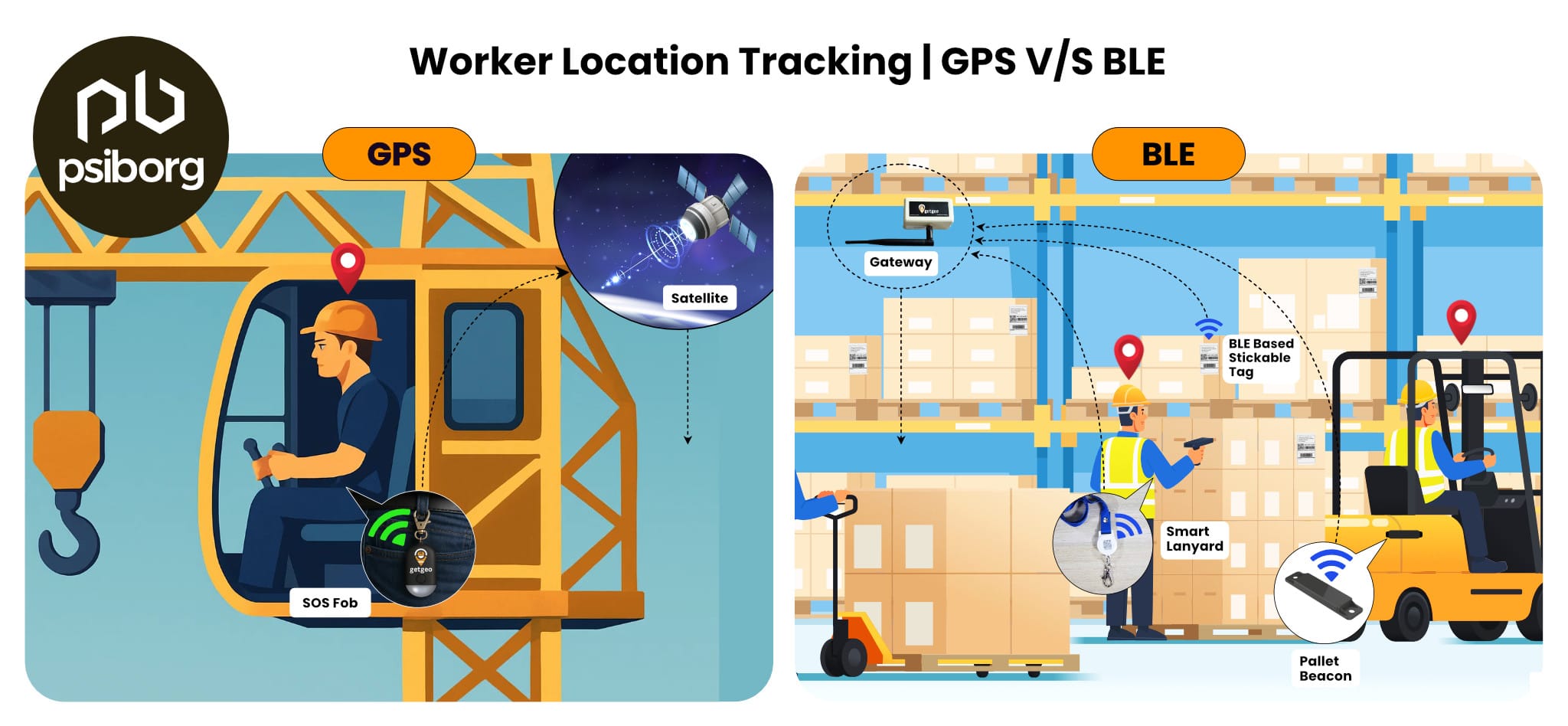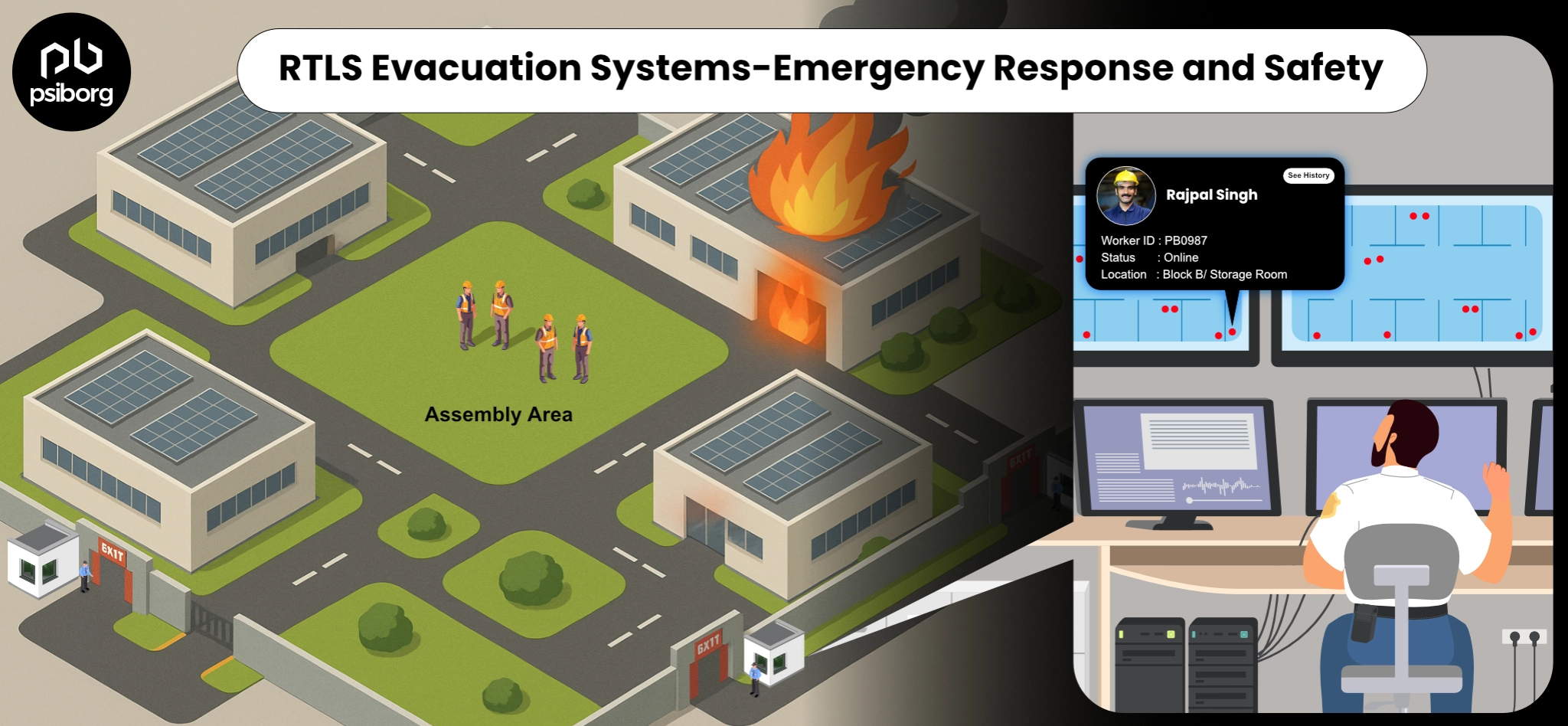Wireless Sensor Network in IoT
- Home
- Wireless Sensor Network in IoT
IoT Sensor Network for Real-Time Insights
While IoT connects devices over the internet to enable data-driven decisions, WSNs operate on local wireless communication protocols (like Zigbee, LoRa, BLE, or any RF) to gather and transmit data without relying on the internet. WSNs are ideal for remote monitoring, low-power operations, and scalable deployment. As a subset of IoT, WSNs enable efficient, real-time sensor data transmission to gateway and then cloud application.
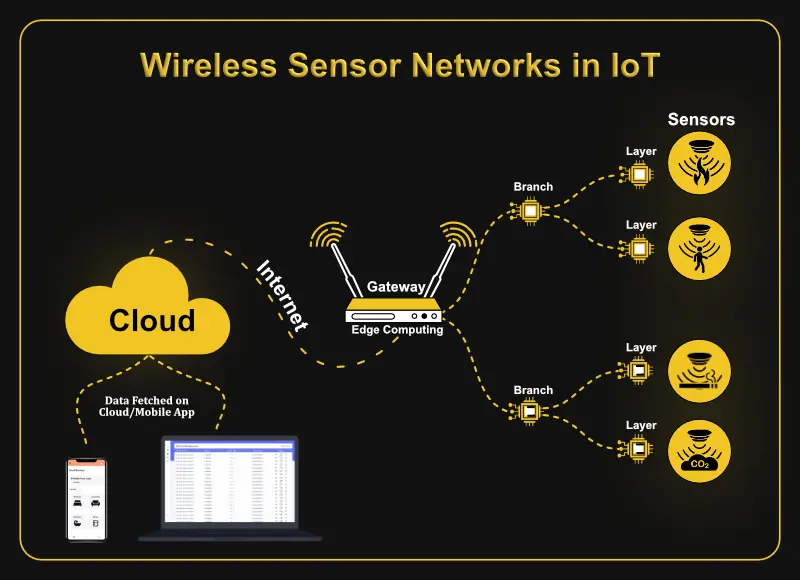
Core Functionalities of Wireless Sensor Networks
IoT Wireless sensor networks service refers to an array of functionalities provided by the system that incorporate sensors, wireless communication, and data processing functions to gather and transmit information from the environment. The sub-services associated with WSN are:

Data Acquisition and Monitoring
It includes the deployment of sensors to collect data from the environment. Sensors can measure several parameters depending on the application requirements. This continuous data acquisition enables businesses to gain actionable insights,improve visibility, and make informed decisions.

Data Aggregation and Processing
The collected data from the sensors is preprocessed at the edge gateway. This helps in reducing redundant transmissions and saves network bandwidth. This service includes filtering, aggregation, compression, and encryption of the data to remove iterations and improve accuracy.

Fault Tolerance and Power Optimization
WSNs are built to operate in harsh conditions and handle node failures without affecting the entire system. They use energy-efficient protocols and low-power hardware to extend battery life, ensuring long-term performance with minimal maintenance. This makes them suitable for remote areas.

Event Detection and Notification
Based on predefined conditions - such as threshold breaches, abnormal activity , these sensor networks are capable of recognizing events. Upon detecting such events, the network instantly sends alerts or triggers automated actions. This enables instant action and enhances operational control.
Our Technology Stack
IoT Data Protocols
- MQTT
- CoAP
- HTTP/HTTPS
Cloud Services
- AWS
- Azure
- Google Cloud
Back-End & Database Systems
- Node.js
- MongoDB
- InfluxDB
- MySQL
Front-End Technologies
- React.js
- React Native
Firmware Development Languages
- C
- C++
IoT Communicatin Protocols
- BLE
- LoRa
- UWB
- WiFi
- LTE 4G & NB-IoT
Building Sensor Networks in IoT
1
Setting up Sensor Node in WSN
This stage involves the setup and deployment of wireless sensor node for integrated sensing and communication. The major tasks here are selecting and configuring sensor nodes, positioning sensors in the deployment area, and provisioning network resources.
2
Sensor Network Protocol
Wireless sensing technology involves a connectivity protocol to build communication between sensor Node and Gateway.After WSN is deployed, the next step is to collect data from sensor nodes and transmit it to IoT Gateway .Wireless communication protocols such as BLE , UWB , LoRa are used for data transmission.
3
Sensor Data Analytics
After receiving the data at the central gateway, the next step is to analyze the collected data. It includes data filtering, aggregation and analysis. With real-time and historical sensor data visualization , businesses can monitor key performance indicators, optimize operations, and reduce downtime.
4
IoT Sensor Dashboard
The visual representation of all the collected data insights is showed on IoT dashboard. It helps to track events as they happen, monitor performance over time, and take action based on set thresholds and push alerts. The dashboard is designed to offer a comprehensive view of the system—connecting raw sensor inputs to meaningful analytics.
Integrating Wireless Sensor Networks In IoT
Wireless Sensor Networks are a foundational element in the IoT ecosystem. WSNs are deployed in large areas where distributed sensor nodes monitor real-time data from physical environments such as temperature, humidity, motion, and transmit it wirelessly. Integrating WSNs into IoT solutions allows businesses to create intelligent, automated systems capable of monitoring assets, operations, and environmental conditions without manual intervention. Our extremely motivated and professional engineers are very well equipped to provide you with an all round solution if you are looking to incorporate WSN in your business.
Networks Connecting Wireless Sensors
To connect Sensors embedded in IoT devices, a communication protocol is used. A low-power wide-area network ,LPWAN, is a type of wireless network designed to allow long-range communications between these IoT devices.Lora based Wireless Sensor network is widely used and consists of LoRa wireless sensors. Sub-1 GHz, BLE , UWB ,Zigbee are also used to connect sensor networks and gateway and data collected from this sensor network can be sent to cloud either using cellular networks such as NBIoT, LTE-M , 4G or WiFi and LAN.

Understanding WSN Components In IoT
- Sensor Nodes- Sensors play the vital role of capturing environmental variables.These consist of integrated sensing and communication capability.
- Master Nodes- Radio nodes or master nodes in a Wireless sensor network receive data from the sensor nodes and forward it to the gateway. Apart from sensor nodes these have storage as well as receiving capabilities.
- Access Point or Gateway-It is used to receive the data sent by the radio nodes wirelessly through LPWAN and send it over the cloud via internet.
- Edge Computing and Data Analysis-The data received by the gateway is analyzed locally and can be seen locally without internet . This data is further sent to the cloud for remote access and displayed on IoT mobile application or IoT dashboard.
IoT And Wireless Sensor Networks
WSN protocols in IoT are used to provide a connectivity medium between IoT sensor nodes and a central gateway. IoT consists of different tech stacks, WSN is just one and is a subset of IoT. It is a part where data is transmitted among several IoT devices mostly without internet. RTLS for indoor tracking is widely used wireless network for IoT implementations.

Some Wireless Sensor Network Applications
At PsiBorg, we specialize in developing wireless sensor network solutions tailored to real-world applications such as Temperature and humidity monitoring for sensitive environments, Livestock monitoring to ensure animal health , and Manpower tracking across industrial facilities for productivity analysis and enhanced Safety. Our expertise extends to smart agriculture, where IoT sensors support real-time decision-making by monitoring soil health. We also build robust systems for water quality monitoring, environmental condition tracking, and asset tracking in manufacturing plants using wireless sensor networks.
Wireless Sensor Networks Architecture
Fault Tolerance – Fault tolerance is the ability of the network to work even when there is a break due to sensor node failures.
Mobility of Nodes – Nodes can be moved anywhere within the sensor field in order to increase the efficiency of the network.
Scalability – WSN is designed in such a way that it can have thousands of nodes in a network.
Feedback in case of Communication Failure – If a particular node fails to exchange data over the network, it informs the base station immediately without any delay.
Interested? Let’s Get Started
STEP 1
Contact Us
Reach out to us via the contact form or give us a call to initiate the conversation about your IoT development needs.
STEP 2
Get Consultation
Schedule a consultation with our experts to discuss your project in detail, aligning our approach with your unique vision.
STEP 3
Get a Cost Estimate
Receive a detailed cost estimate tailored to your project’s scope and requirements, ensuring transparency in your investment.
STEP 4
Project Kickoff
Once finalized, we'll initiate the project kickoff, marking the beginning of our collaborative journey toward successful IoT product development.
Why Choose PsiBorg?
Ready to elevate your IoT devices with advanced hardware design solutions? Contact us today to discuss your project requirements and explore the possibilities.

Industry-Leading IoT Expertise
With almost a decade of rich experience in IoT technology, we provide tailored services to various industries. Our team strives to deliver innovative and effective solutions that guarantee brilliant connectivity and automation.

End-to-End IoT Solutions – From Concept to Deployment
From the initial idea to launching your IoT project and providing continuous support, we take care of it all. You can completely focus on your business while we ensure a hassle-free experience for our clients.

Secure and Scalable Architecture
We guarantee you scalable, reliable and future-proof solutions. They are designed to provide operational efficiency, strong security, reduce downtime and align with your evolving needs.

Customized IoT Solutions for Diverse Industries
Trust us to offer tailored IoT applications that perfectly align with your specific industry requirements and deliver smart, efficient, and cost-effective solutions.
Got problem worth solving or some amazing idea? Share with us!
Once you let us know your requirement, our technical expert will schedule a call and discuss your idea in detail post sign of an NDA.
All information will be kept confidential.

Speak with an expert
- Get help evaluating if PsiBorg is right partner for you
- Get information on IoT Solution and pricing
- Get a demo of how IoT can help with your use case
IoT Development Solutions for Every Industry
As one of the IoT product development companies, we deliver IoT products that are designed for performance, security, and longevity.

Automotive Industry: Manpower and Asset Tracking
For monitoring workforce productivity and efficiently managing valuable assets in the automotive sector, we build reliable IoT-based tracking solutions.

Mining Industry: Deployed Temperature and Humidity Monitoring
Our highly efficient IoT solutions help mining companies learn about the environmental conditions, ensure safety and comply with industry regulations.
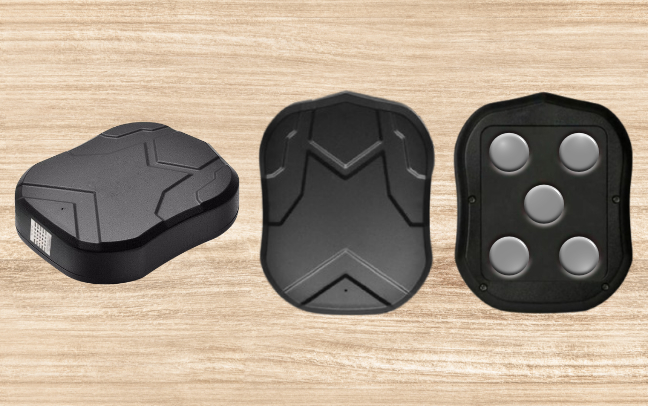
Defence: Deployed Shipment Tracking Solution
To provide security and reliability in the defense sector, we provide real-time tracking solutions that help closely monitor the movement of all critical shipments.
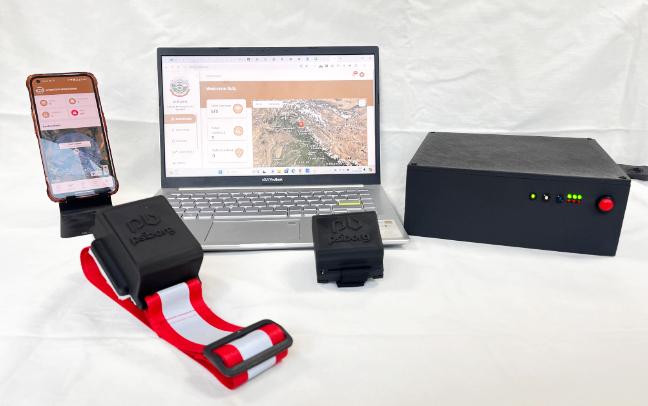
Research and Development Sector: Cattle Health Monitoring System
Researchers and farmers can track cattle health, improve productivity and detect diseases early with our IoT-enabled livestock monitoring systems.
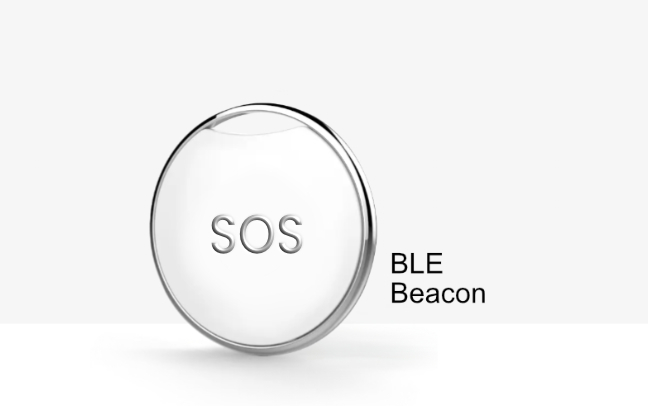
Consumer Electronics: SoS and Emergency Devices
Our IoT app development company provides efficient SoS and emergency devices that help in monitoring emergencies in real time and ensure quick responses and better safety.
Case Studies
The true success of a business lies in the trust and partnership cultivated between clients and the company. Click to read about some of our proudest achievements.
Frequently Asked Question
Wireless Sensor Network (WSN)is deployed in a large area with a large number of wireless sensors nodes in an ad-hoc manner that is used to monitor the system, physical or environmental conditions. The data is then sent to gateway for processing or edge computing.
The sensor nodes are connected over Low Power Wide Area Network (LoRaWAN, Sub-1Ghz, ZigBee, Sigfox etc) which is used to connect sensor Nodes to the gateway unit. The gateway unit is connected to the internet (consisting of Cellular or WiFi Module) from where the processed or edge computed data which is further sent to the server or Cloud.
The Gateway acts as a bridge between the Wireless Sensor Network and cloud. IoT Gateways manage device connectivity, data filtering, processing, protocol translation, security etc. Adding a cellular module (works on LTE, NBIoT, LTE-catM1, etc) or an Internet modem (works on WiFi) to the gateway makes the WSN remotely managed.
Yes, FOTA update in wireless sensor network can be done, although it is sometimes complex to provide wireless update to node device because of memory and storage limitations.
The sensor nodes used in Wireless Sensor network systems are integrated with the onboard controllers. The complete circuitry manages the operation and monitors it mainly. Everything is connected with the base station known as the Gateway, where high end processing of data collected from distributed sensors is done. The data is further sent to cloud for storage and analysis, and this data is fetched by a mobile or a cloud application. All the distributed sensors devices in WSN are mostly connected over a LPWAN and communicate with the gateway.
Surveillance and monitoring,Landslide detection ,Patient monitoring in hospitals ,Environmental monitoring ,Smart Agriculture, Home security, Military applications, Livestock monitoring and many more.
Wireless sensor networks mostly designed in two Topologies:-
Centralized sensor network and Distributed sensor network
A wireless sensor network is a subset of the IoT system.
IoT involves different tech stack including sensors, hardware, gateways, analytics to end application.
WSN are usually non-IP networks. They run on low power wide area networks such as Zigbee, LoRa etc. These sensors forward their data to another hub which is a gateway between hardware and cloud. And this is how WSN forms an IoT system.
WSNs have classifications such as Terrestrial, Underground (deployed below the surface for underground mining or data about soil properties), Underwater (uses on marine monitoring), Multimedia (containing images, audio and video), and Mobile nodes which have the mobility for dynamic monitoring and tracking tasks.



